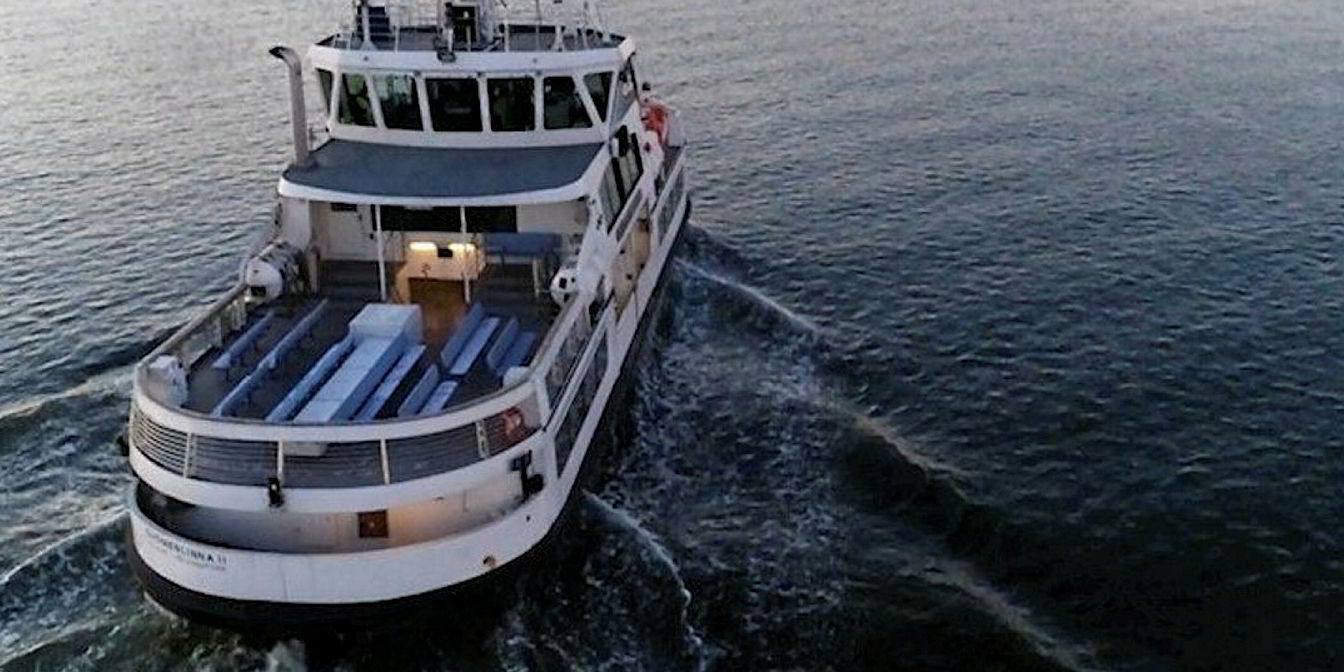The world’s first remote control trial of an existing passenger ferry is about to start, and the atmosphere inside the onshore control room is tense, but optimistic.
The room is quiet except for the radio exchange between the ship’s bridge and shore side crew.
On board the 329-gt ice-class passenger ferry Suomenlinna II (built 2004), in a test area near Helsinki harbour, the captain moves the vessel through its first set of scheduled manoeuvres. He then flips a switch that surrenders control to a colleague stationed onshore.
In the control room, all eyes are on the captain and his support team as they begin to pilot the vessel remotely from inside a downtown office building. They perform the same sequence of manoeuvres without fault. At that moment, history has been made in Helsinki.
Milestone on the road to autonomy
Present in the control room are several members of the ABB Marine & Ports management team, including managing director Juha Koskela.
“Today has been an exciting day,” Koskela says following the successful completion of the test. “This remote control ferry demonstration is a significant milestone in the development of more autonomous shipping systems.”
For this demonstration, Koskela notes that ABB combined three existing solutions: ABB Ability Marine Pilot Vision, providing situational awareness; ABB Ability Marine Pilot Control, helping the captain to navigate the ship; and remote connectivity, allowing for shore-based piloting.
“Autonomous does not mean unmanned,” he continues. “Human remote control and supervision are required in order to allow ships to operate more autonomously, and these ABB systems make that possible.
Autonomous does not mean unmanned. Human remote control and supervision are required in order to allow ships to operate more autonomously, and these ABB systems make that possible.
Electric, digital and connected technologies are the key enablers in the development of more autonomous ships, Koskela explains.
“The electric ship is simpler and requires less intervention and maintenance,” he says. “In an electric-powered ship, functionality is enabled by digital solutions, making connectivity and development of more intelligent control systems easier.”
The captain’s eyes and ears
The Suomenlinna II was retrofitted with ABB’s new dynamic positioning system, ABB Ability Marine Pilot Control, in 2018 and the ABB Ability Marine Pilot Vision situational awareness solution in 2017.
Mikko Lepisto, the head of digital solutions at ABB Marine & Ports, explains the practicalities of these technologies.
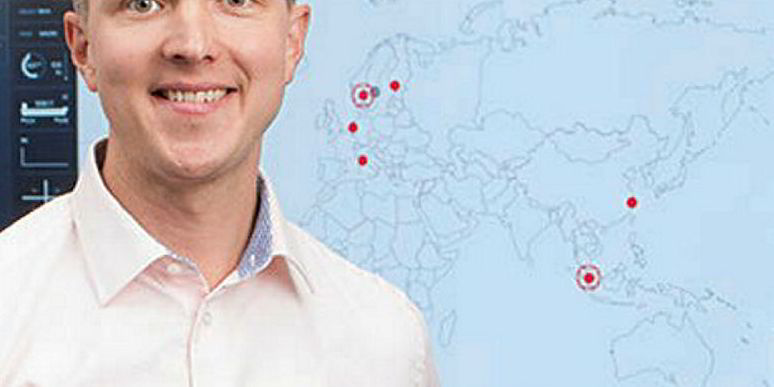
“Today, in the remote control trial, we managed to replicate the eyes and ears of the captain on board, allowing the captain here in the control room to have the same situational awareness as he would have on the water,” Lepisto says.
He highlights another feature of the technology: “The remarkable thing about this remote control trial is that we used our existing products to achieve something completely new.
“ABB Ability Marine Pilot Vision and ABB Ability Marine Pilot Control, as well as our connectivity solutions, are available off the shelf in the commercial market and can be retrofitted to any commercial ship. Basically, we can repeat what we did today on any vessel. This means that a significant step on the road to autonomy is now available for virtually all ships sailing today.
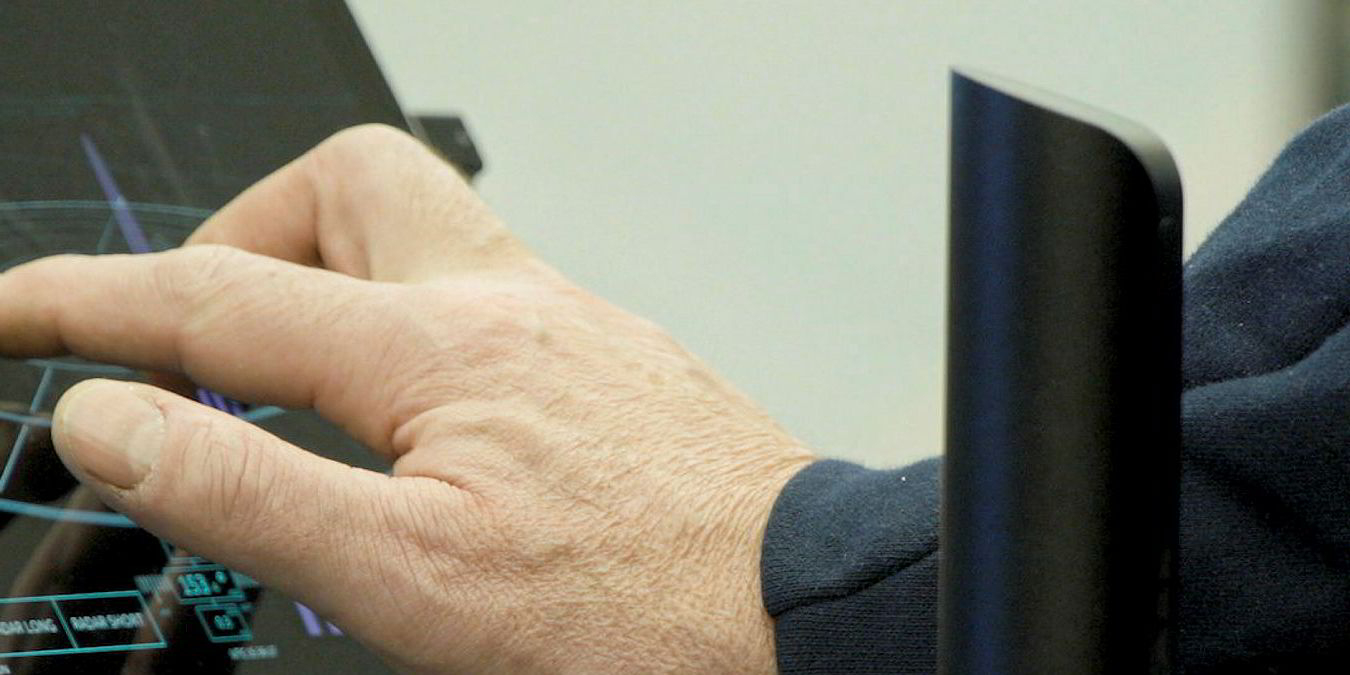
These same technologies offer a number of operational benefits as well.
“The use of our technology on board will improve the performance of the crew operating the vessel,” Lepisto explains.
“More than creating improved situational awareness, it can also enable the ship to sail more safely and more efficiently. The crew will no longer experience blind spots. ABB Ability Marine Pilot Control can provide more accurate motion and movement information than what could be created in the past. On shore, the technology can be used to monitor operations and provide support the crew in case they have an issue.”
A control room with a view
Lasse Heinonen, the onshore captain for the remote trial—and a key consultant in developing the remote pilot concept—is pleased with the day’s results.
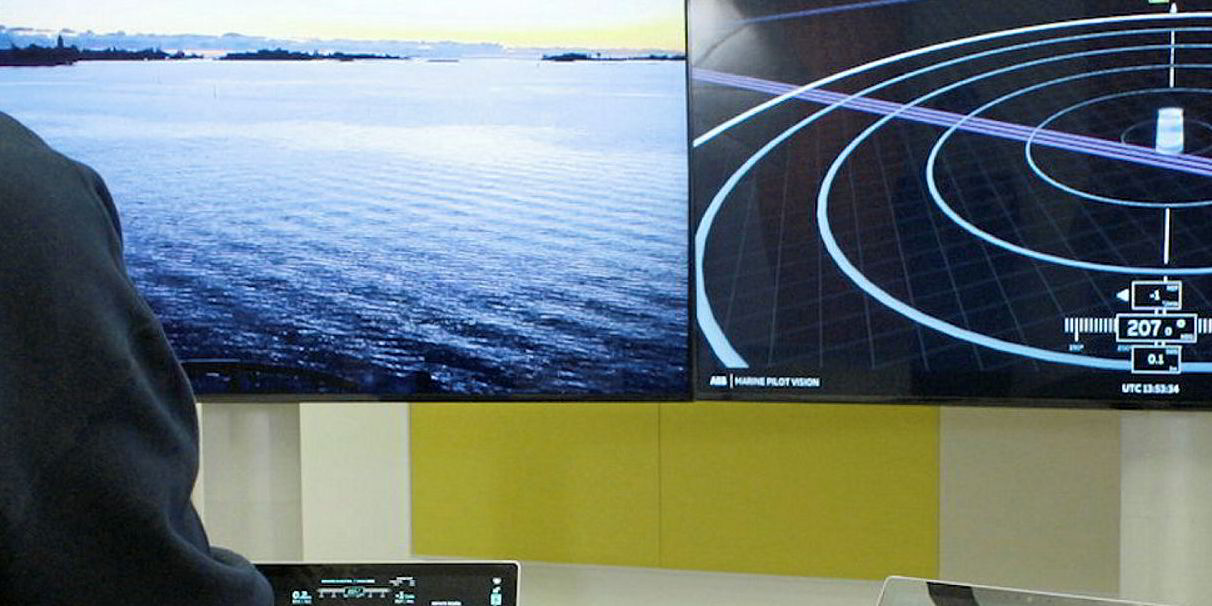
“The progress has been remarkable,” he says. “The details in the virtual presentation have been made more accurate, including positioning of markers and spatial relationship to land from the ship.”
Heinonen is, by his own admission, hooked on technology. The amateur radio operator and boat builder sacrificed much of his own time to make the demonstration possible.
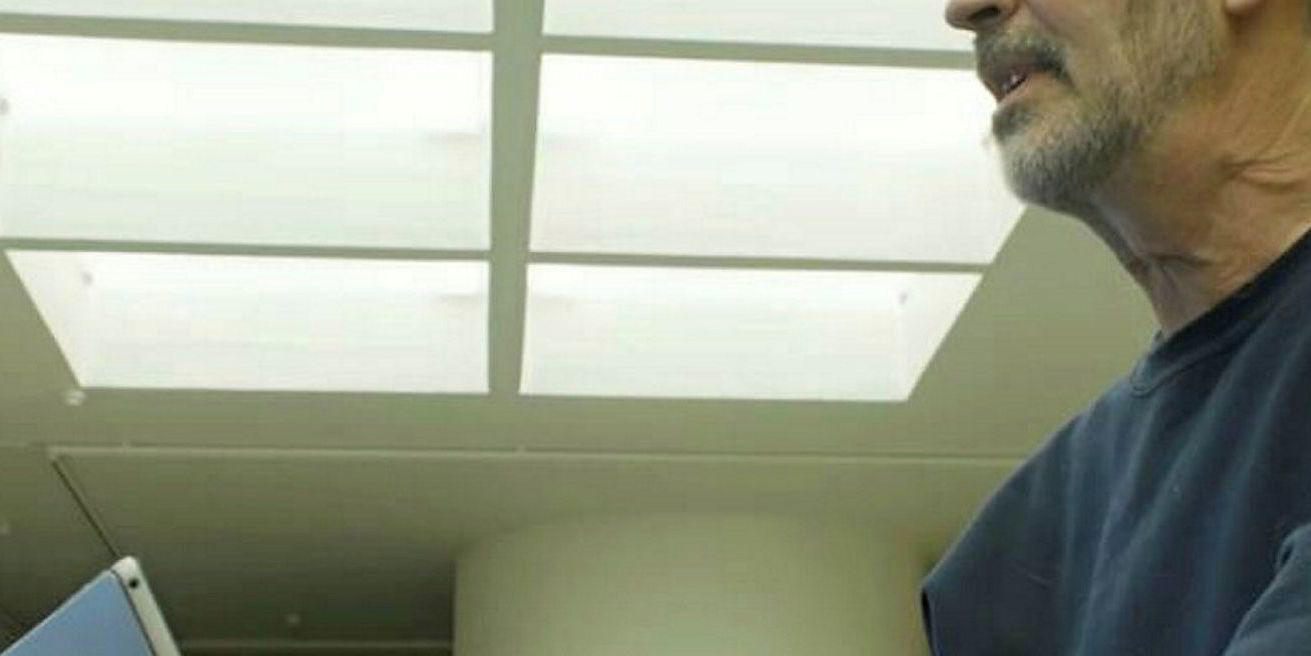
“I am interested in all development involving technology, so I am willing to invest my time to help move new technologies forward,” Heinonen continues. “I am very happy to be involved in this project.”
Heinonen praised what he described as a “collaborative effort” with ABB.
“They are engineers, and we are seafarers, so I expected there would be a learning curve,” he says. “It takes a while to comprehend the reality of the situation. But ABB has realised the sensitive points in our operations. In some ways, for them, it’s like being a new captain and getting to know their first ship.”
A shared vision—shore side and at sea
To make the remote pilot control vision a reality, Lepisto said there was lots of collaboration—including working closely with the captain.

The Suomenlinna II provides year-round access to the Suomenlinna sea fortress, a UNESCO World Heritage Site. Construction began in the mid-18th century when Finland was part of Sweden. Today, the Suomenlinna islands are a popular tourist attraction and home to 800 residents.
“This has been a remarkable collaboration between all parties,” he explains. “ABB has of course had close interaction with the client, [Suomenlinnan Liikenne Oy], and Helsinki City Transport, but also TRAFI, the Finnish Transport Safety Agency, the authority supporting the project. The teamwork has been truly amazing.”
From the viewpoint of a captain, what would Heinonen like to see in the future?
“As pilot of the vessel, I would naturally like to see a remote bridge as close to reality as possible,” he says. “Today, we have taken a very important step toward proving that remote operations are possible, and I believe we are on the right track to making the necessary adjustments.”
Koskela shares that view.
“As vessels become more electric, digital and connected, ABB is able to equip seafarers with existing solutions that augment their skillsets. In this way, we are enhancing the overall safety of marine operations,” he observes, noting that the day’s success is only the beginning.
“We went from vision to reality on this trial in a relatively short time, and I believe the pace of development of autonomous and automatic systems will only continue to accelerate.”
